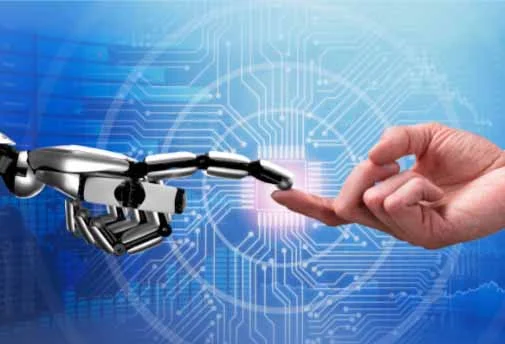Introduction
Welcome to foggenies., In today’s blog post, we delve into the fascinating realm of robotics and its immense potential to revolutionize industries by improving efficiency and productivity. Whether you’re a business owner, industry professional, or simply intrigued by the wonders of automation, this article will reveal the profound impacts that robotics can have on our ever-evolving world.
The Advantages of Robotics
1. Enhanced Efficiency: Robots are capable of performing tasks with unparalleled precision and speed. By automating repetitive and mundane activities, they free up human workers to focus on complex and creative endeavors. This efficiency boost leads to increased productivity and cost-effectiveness.
2. Improved Safety: Dangerous and hazardous tasks can be delegated to robots, minimizing the risk of injuries to human workers. Robots excel in high-risk environments where they can navigate harsh conditions, handle toxic substances, or engage in repetitive motions without succumbing to fatigue or making errors.
3. Consistent Quality: Robots can replicate the same task with consistent precision, significantly reducing errors and variations in the final product. Whether it’s assembling intricate parts or conducting quality control inspections, robotics ensures a higher level of accuracy and uniformity.
Challenges in Implementing Robotics
While the promise of robotics is undeniably enticing, it’s important to acknowledge the challenges that come along with its integration.
1. Initial Investment: Acquiring and implementing robotics technology can involve a substantial upfront cost. However, companies must consider the long-term benefits and potential return on investment, thanks to increased efficiency and productivity.
2. Skillset and Training: As industries adopt robotics, there arises a need for skilled workers who can operate and maintain these advanced systems. The workforce must be trained to adapt to the changing technological landscape, ensuring a seamless transition to the world of robotics.
3. Ethical Considerations: As robotics become more sophisticated and autonomous, ethical questions arise. There must be careful consideration of the impact on employment opportunities, job security, and the potential for human workers to be replaced entirely.
Real-World Applications of Robotics
1. Manufacturing and Assembly: One of the most well-known applications of robotics is on the assembly line. Robots can perform repetitive tasks such as soldering, welding, and packaging with unmatched precision and speed.
2. Healthcare and Surgery: Robotics plays a vital role in surgical procedures, offering surgeons enhanced precision and control during complex operations. Robotic systems can also assist in patient care, rehabilitation, and medication management.
3. Agriculture: With the global population on the rise, robotic technology is proving instrumental in improving efficiency in agriculture. Autonomous drones and robotic harvesters can optimize crop yield, minimize waste, and monitor plant health.
Conclusion
Robotics holds immense promise for enhancing efficiency and productivity across various industries. From manufacturing and healthcare to agriculture and beyond, these automated systems offer advantages like enhanced efficiency, improved safety, and consistent quality. However, challenges remain, including initial investment costs, workforce training, and ethical considerations. As we embrace the advancements in robotics, it is crucial to navigate these challenges and responsibly utilize this technology to shape a more efficient and productive future.
Now that you understand the promise of robotics, immerse yourself in this transformative field and explore the limitless possibilities that lie ahead!

